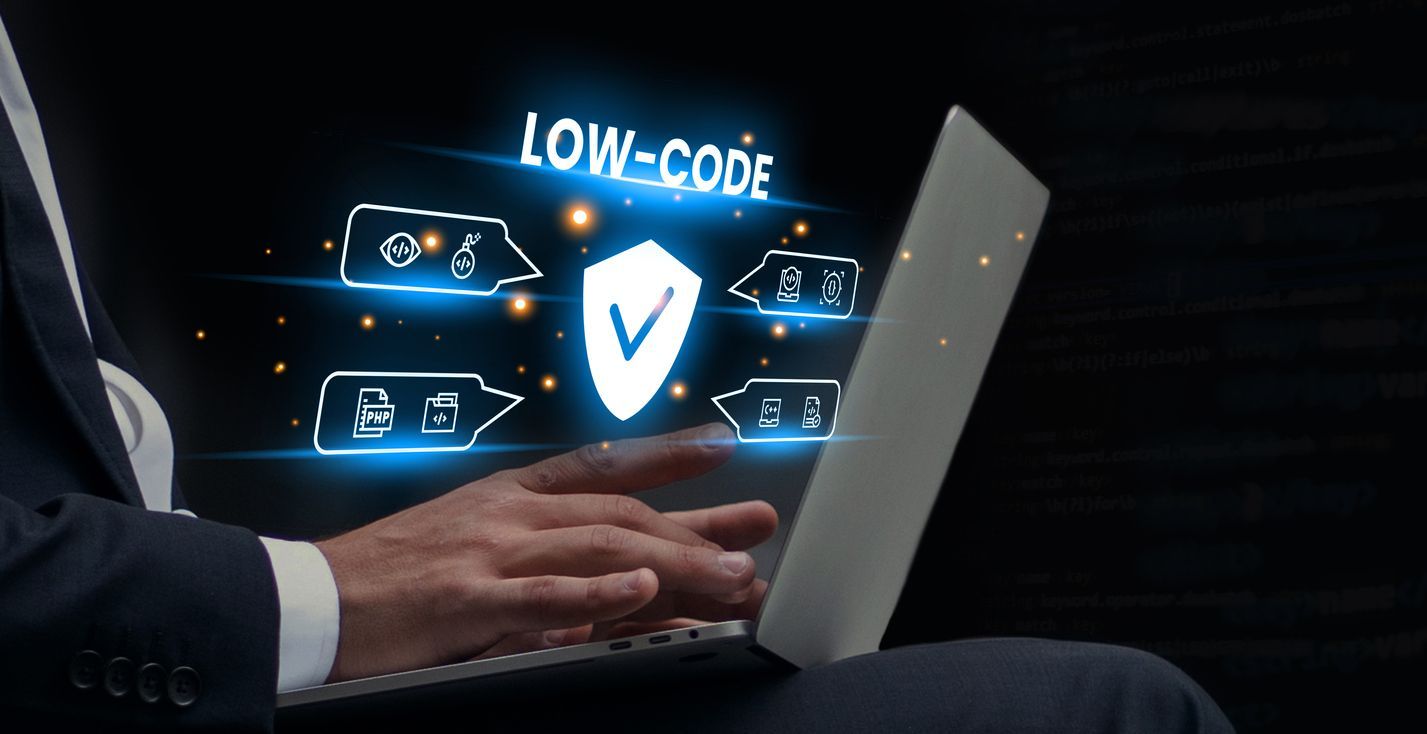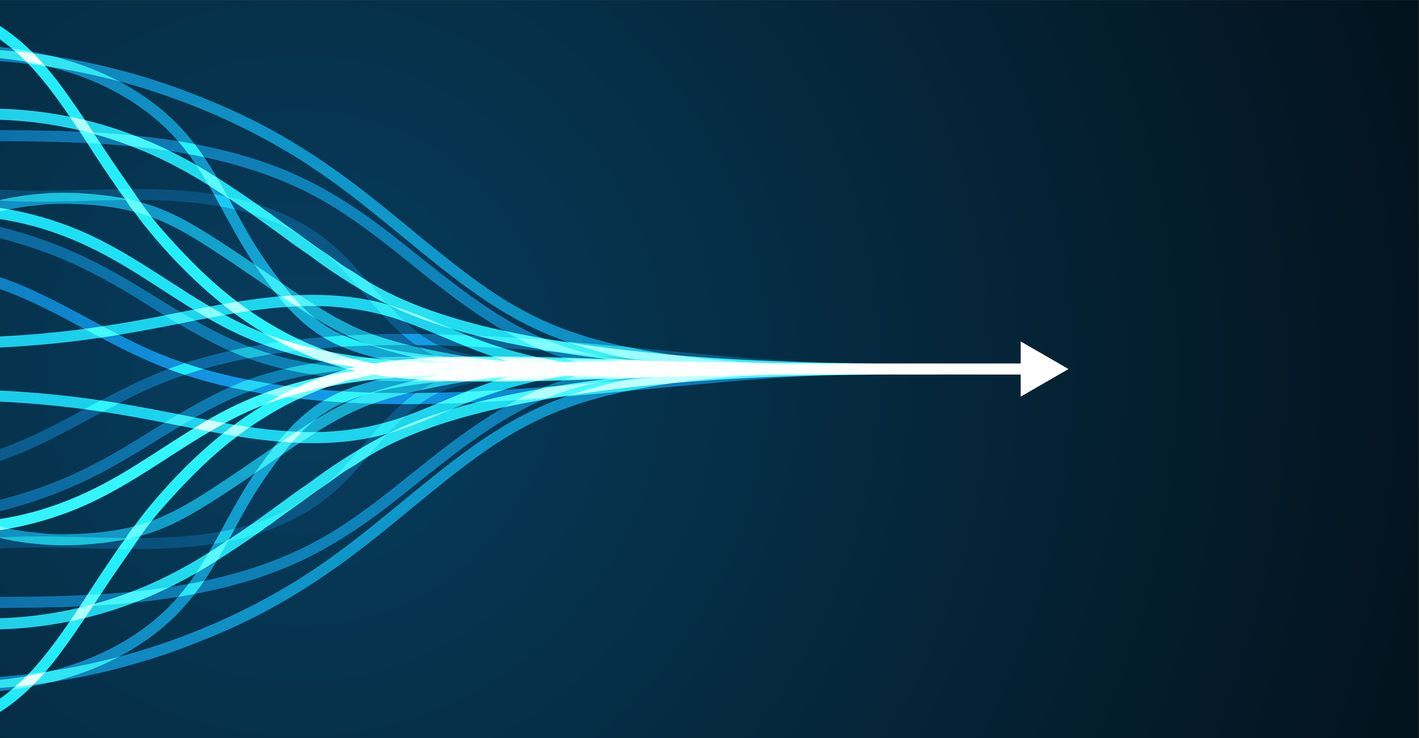A question which we come across many times is whether AgilePoint BPM platform and Orchestration platforms (iPaaS) compete with each other, and if yes, does AgilePoint play any role in the iPaaS world? This topic is frequently on the minds of business leaders.
Should the integration problem be solved using an integration solution (like MuleSoft, SnapLogic, Jitterbit, Dell Boomi etc.) or a BPM solution like AgilePoint?
While distinct in their own right, iPaaS and BPM are complementary to each other and, when deployed together, provide a powerful platform to enable digital transformation organization-wide. They are two solutions with the same common goal.
At a high level, an iPaaS and BPM are separate but interdependent. In other words, iPaaS solves the problem of complex system integration (usually stateless, short-lived transactions), while BPM solves the problem of modeling and orchestrating business processes, and focus on integrating people and systems (usually stateful, long-running transactions).
What is Business Process Management (BPM)
For years, business process management (BPM) technologies have been a core pillar of many organizations’ digital transformation strategies. BPM is an approach to streamlining business processes for maximum efficiency and value. BPM is about making sure the infrastructure of your business processes is solid. It involves re-engineering of the underlying process to drive efficiency, eliminate bottlenecks, connect systems, and increase productivity enterprise-wide to create a more consistent customer experience.
Typically, a BPM system has a graphical interface, which allows you to model your business processes, forms, data model visually so that a business analyst or other non-programmer can easily understand them and verify that they indeed reflect the reality of your business.
These processes are often long-lived, lasting days or weeks from initiation to completion. While they may at times be fully automated, in many cases manual intervention from a business stakeholder is required.
The ultimate goal of a BPM solution is to improve the functioning of a human-centric business process. As an example, an employee onboarding process affecting multiple systems such as HR, payroll and building security can be managed by a BPM. Another example could be a low-volume, but high-value e-commerce process where manual intervention is often required to approve the completion of a transaction. The strength of a BPM solution lies in its ability to orchestrate between different systems, people and processes to improve the overall function of human-centric business activities. BPM solutions focus on process definition, execution and monitoring. In this context, BPM solutions are generally optimized for long running business processes that include manual processing steps.
What is an iPaaS Solution
On the other hand, an iPaaS solution is optimized for high volume, low latency, system-to-system ‘real-time’ communication, in timeframes spanning fractions of a second to a few minutes. When compared to BPM, an iPaaS will provide superior performance under high load or high performance requirements and architectural flexibility because of the breadth of its system connectivity options.
Think of SOA as a 3 layer architecture, the lowest being “service-enablement” or exposing existing systems as services, the middle being “service orchestration” allowing to create and compose coarse-grained “business services”, and the highest being “process orchestration” to create business processes. Normally an iPaaS handles the middle layer — orchestrating low-level services into larger service units, which are exposed to the business for use in processes — and BPMs in the top layer providing UI forms, workflows and virtual data models.
In many cases, BPM and iPaaS systems co-exist and work collectively to solve business problems.
The AgilePoint Story
A lot of you in past have come to know of AgilePoint as a key Business Process Management (BPM) player in the market for over a decade. However back in 2015, when AgilePoint NX was released, it quickly evolved into a low-code high productivity platform as a service (hpaPaaS) solution, which enables application designers to create both process and data-centric applications while still maintaining some of the key strengths of the BPM to provide its users the best of both worlds. UI design through forms, workflows, data modelling, portal design, and integration are at the core of AgilePoint, which allows you to create a complete end to end solution.
The way I see it is that most traditional BPM products were strong on streamlining process efficiencies but still depended largely on humans to carry out the work albeit in a controlled manner. This largely was due to fact that though traditional BPM players had invested in integrations and automation, it was not enough to meet industry needs as most organizations have multiple systems and API’s. and These systems also evolve over the time resulting in broken integration, and as a result tasks were being assigned to humans to make sure data is entered in these external systems.
This is where AgilePoint NX started growing out of its BPM avatar into more of a Low code platform with strong focus on integrations with more than 70+ external systems on both process as well as form level to automate entering data in the external systems without needing human intervention or even driving business process outcomes based on data that existed in external systems hence reducing somewhat the need to complement it with a iPaaS system for integration needs for medium level of transaction load.
Though AgilePoint does provide a significant number of LOB connectors (70+) with deep connectivity to those systems, there is never an intention to become an orchestration platform for high volume transaction needs. This is where iPaaS solutions will be a great fit. The great thing about the AgilePoint integration approach is that it is easily able to integrate with third party iPaaS solutions as well to trigger this automation so that both products are leveraged for their respective strengths.
Let’s take an example of a complex e-commerce application, where, both iPaaS and BPM may be required. In a scenario such as this, transaction volumes can be quite high. An iPaaS is best suitedto handle these high volumes of transactions rather than a BPM solution. Most transactions typically can be processed with little or no human interaction. However, orders require complex invoicing, credit checking, auditing, or other special attention, and as such, human interaction may be required. In these cases the iPaaS can process steps of the transaction then integrate with a BPM solution for those steps that require a unique business process.
Although BPM and iPaaS technologies can be deployed separately in digital transformation initiatives, it is when they are strategically implemented together that their individual benefits are compounded. BPM and iPaaS complement each other, forming a powerful duo that can help organizations further deliver on their process automation goals.
Here is a short summary
Are you ready to reengineer your business
automation processes?

A modern process automation and orchestration platform that enables you to open up and seize new business opportunities, supercharge innovation, unlock new levels of efficiency and productivity, and deliver the experiences that help you win.
Follow Us
Platform

Automate business processes and workflows at scale. AgilePoint helps enterprises democratize and accelerate digital transformation, reduce technical debt and future-proof ROI.
Resources
© 2023 AgilePoint. All rights reserved.



